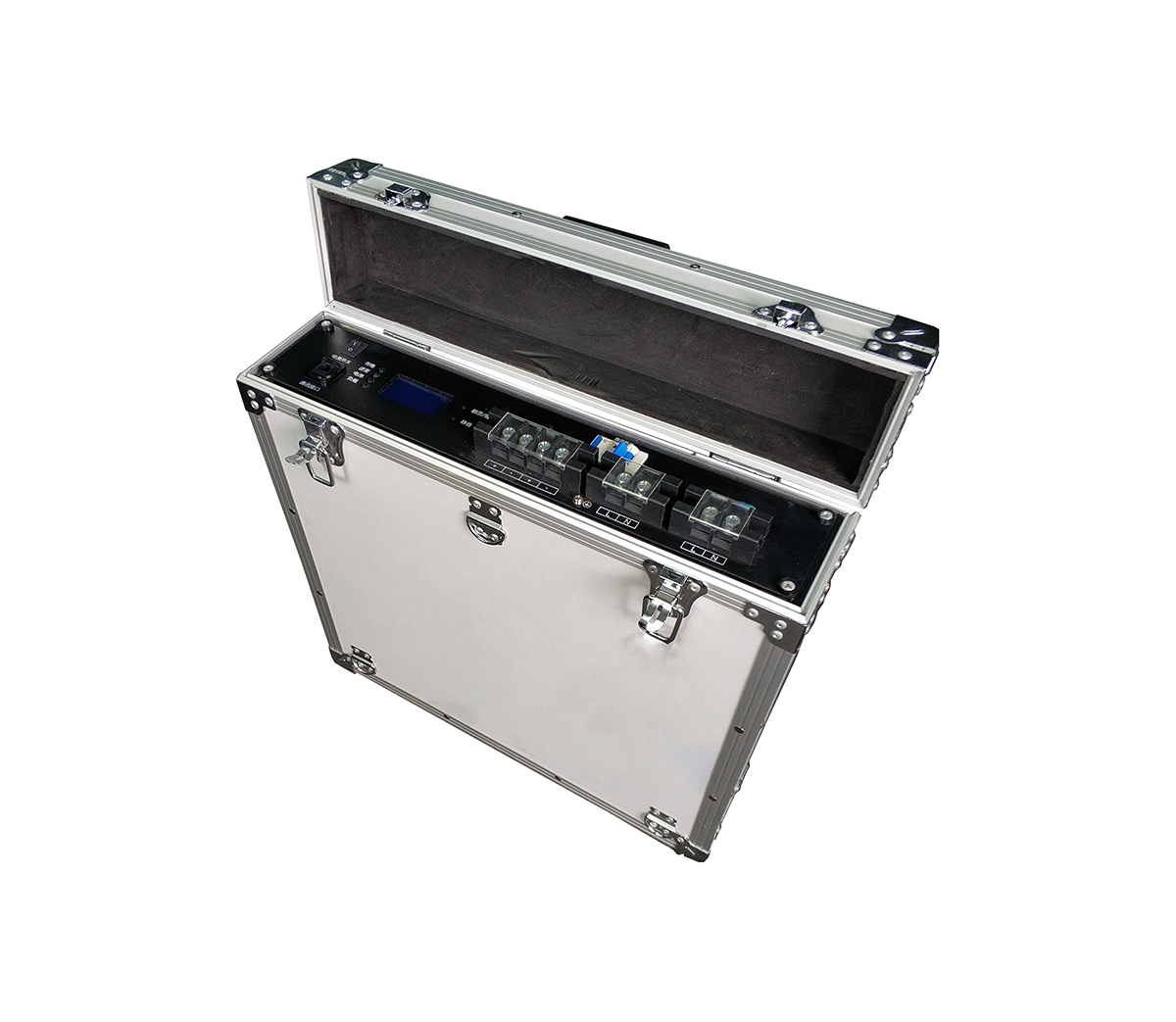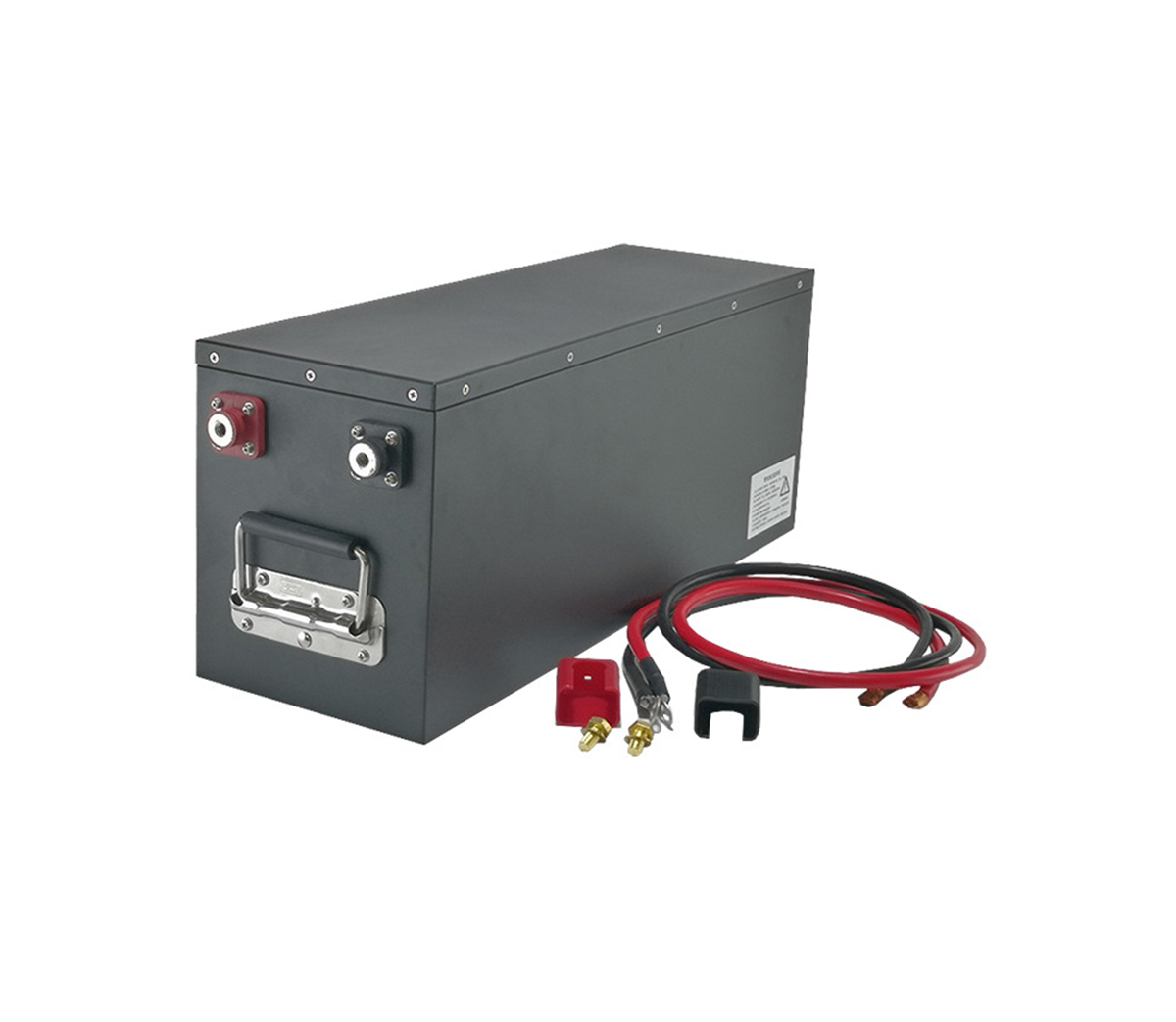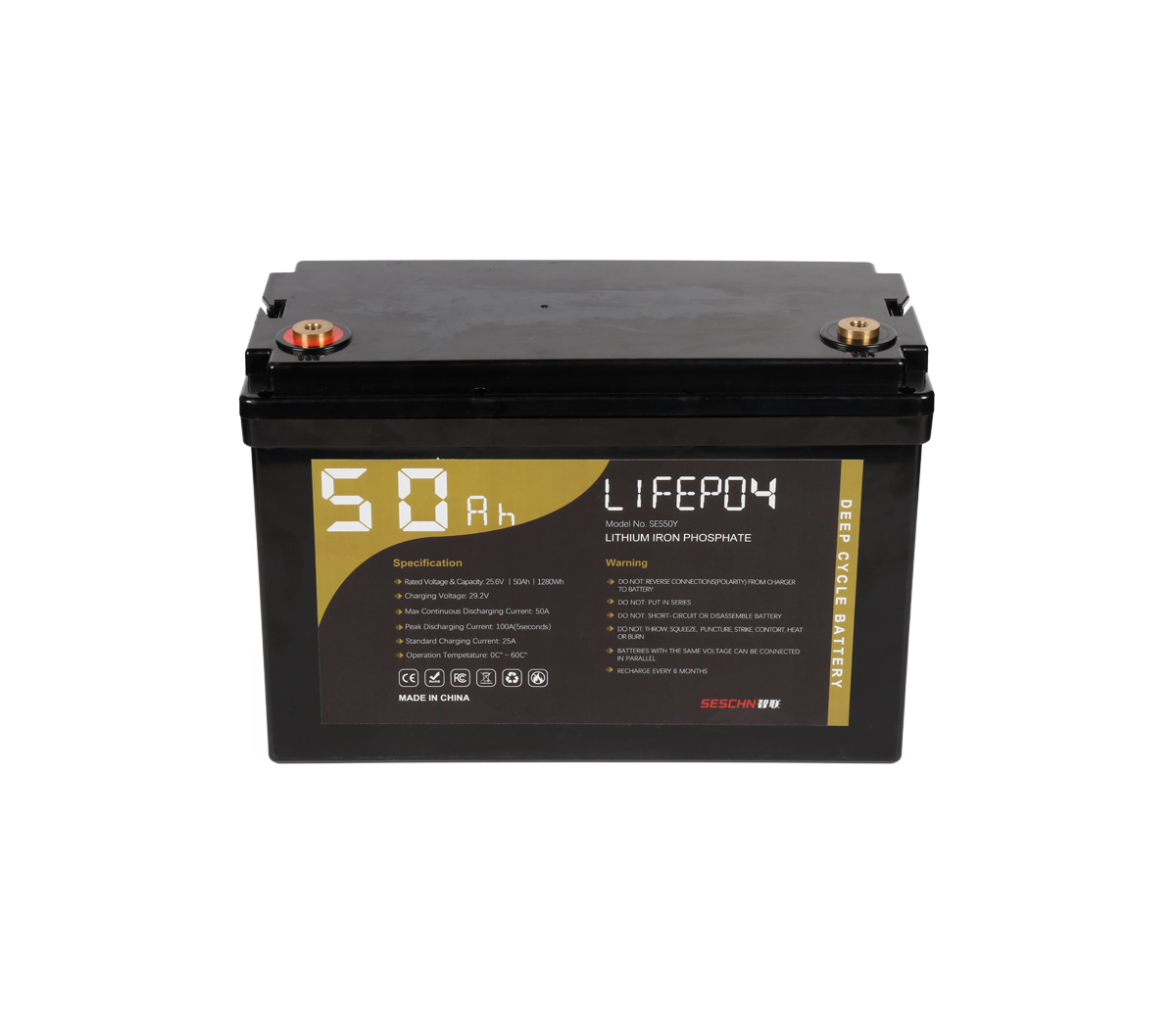According to a study forecast, by 2050, electricity demand for air
conditioners could account for 45% of India's peak electricity demand, compared
with 10% in 2016. Second, in India/Cambodia, Indonesia/Vietnam, cutting
coal-fired and gas-fired power generation will make renewable power generation
facilities (with energy storage) more valuable. SES Power believes that even
though the current international economic environment is not ideal, people's
desire for energy will only increase day by day, because we all want to live a
comfortable life.
(1) System results under the reference scenario
In the absence of any carbon emissions policy, the research team estimates
that by 2030 India could generate 46% to 67% of its electricity from renewable
sources.
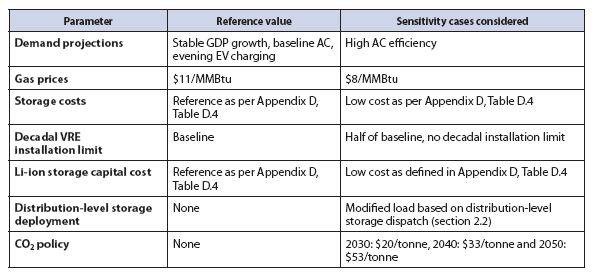
(Basic Parameters and Reference Cases)
Notably, the future renewable energy deployment rates simulated by the
research team are much higher than they are today: in 2019, for example, India
installed 3GW of wind and 10GW of solar. Using the research team's reference
case on renewable energy deployment constraints, total renewable electricity
generation deployed by 2030 helps reduce carbon emissions by 56% compared to
2020. But carbon emissions still increased by 47% over the same period due to
load growth. Simulated emissions in 2050 under the Reference Scenario are also
still higher than in 2020. The installed capacity of renewable energy deployed
by 2050 is 3.2 times that of 2030, compared to 362 GW in 2030 and 1,148 GW in
2050 (Figure 7.11).
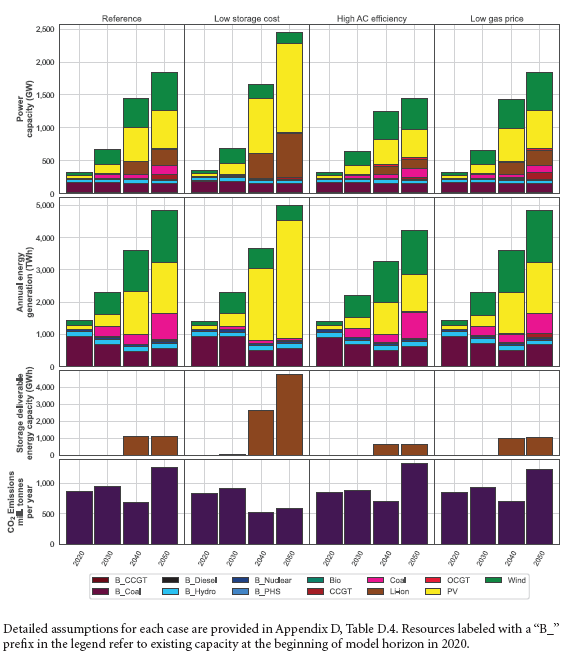
The cost of lithium-ion battery energy storage systems is not competitive
until 2040, but by 2050 about 244GW/1,091GWh of lithium-ion energy storage
systems will be deployed to balance the power system and minimize renewable
energy curtailment.
As shown, lithium-ion battery storage systems are dispatched to divert
power from solar power generation facilities to meet peak power demand at night,
with storage systems lasting less than 5 hours on average by 2050.

(Hourly generation dispatch and load curves for three days in summer (left)
and winter (right) in India in 2050)
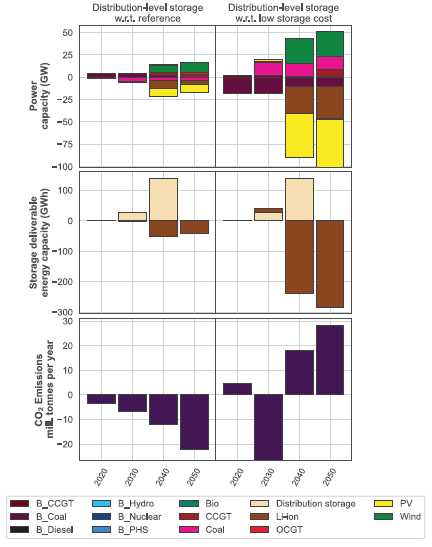
(Regional Capacity and Utilization Trends for Power Generation and
Transmission in India to 2050)
(2) Influence of air-conditioning demand
The research team used a demand forecasting model to assess electricity
demand for a high air-conditioning demand scenario, assuming that India would
close the gap in its high air-conditioning demand in line with the global
weighted average.
The research team's modelling approach suggests that applying optimal
air-conditioning demand standards could result in a 13% reduction in electricity
generation but a 4% increase in annual carbon emissions by 2050. According to
the research team's reference case, the electricity demand for air conditioners
accounts for more than 40% of the peak summer nighttime demand (8pm-12am). It
contributes less than 20% in the case of high air conditioner power demand.
Reducing the demand for air conditioning reduces the demand for electricity
generation. The reduction in peak demand also results in a flatter demand curve,
which reduces the demand for peak generation provided by natural gas-fired power
plants and battery storage systems.
The research team's modeling results point to a relationship between the
deployment of grid-scale energy storage and air conditioning demand: Under
baseline demand conditions, 1,091 GWh of energy storage would be deployed in
2050, rather than 649 GWh. The 40% drop in energy storage capacity in the air
conditioner high demand scenario can be directly attributed to the 55% reduction
in the contribution of air conditioners to peak demand. Grid-scale energy
storage systems primarily take electricity from solar generation facilities and
discharge them at night to meet peak demand. Notably, India still deploys a
large number of lithium-ion battery energy storage systems, accounting for 38%
of the global grid-scale energy storage capacity projected by the research team
in 2040. Finally, improving the efficiency of air conditioners can also reduce
the investment in deploying energy storage systems that would otherwise require
delaying grid upgrades in the short term (2030).
(3) The influence of distributed energy storage system (DLS)
The deployment of lithium-ion battery energy storage systems helps meet
peak demand at the distribution level, thereby changing the demand curve seen in
the transmission system.
The research team calculated this "transmission-level" demand under two
scenarios of distributed energy storage system (DLS) deployment: (1) a reference
demand case (demand driver); (2) a low-cost storage system (technology-driven)
case factor). Because more distributed energy storage systems (DLS) will only be
deployed if it is economically feasible to delay upgrading the grid—in other
words, the value of the battery storage investment is less than the value of
avoiding grid upgrades. The distributed energy storage system (DLS) can be
regarded as a zero-cost load transfer mechanism for the transmission system.
The impact of a distributed energy storage system (DLS) on the transmission
system is captured by the demand case generated when the energy storage system
is deployed, and does not represent the capital cost or operating cost of the
distributed energy storage system (DLS). In India, modeled by the research team,
cost-optimized distributed energy storage systems (DLS) have a duration of 2 to
4 hours, which is consistent with peak power demand overloads limited by grid
capacity and charging durations during off-peak availability.
Distributed energy storage systems (DLS) are charged during off-peak
periods, which do not necessarily coincide with peak periods of solar generation
because, as shown in the model, distributed energy storage systems (DLS) are
designed to minimize peak demand and grid upgrades cost, rather than maximizing
charging by generating electricity at a lower marginal cost. This results in a
decentralized charging process for distributed energy storage systems so that
energy storage needs are met by the cheapest available generation resources.
(Deployment of Distributed Energy Storage System)
As a result, the deployment of distributed energy storage systems tends to
shift the installed capacity mix away from solar power facilities and battery
storage systems to wind power facilities, which typically have higher capacity
factors at night and early morning. Due to growing demand, distributed energy
storage systems (DLS) are no longer cost-effective as an alternative to grid
upgrades by 2050.
The correlation between energy storage systems and peak demand is most
pronounced in low-cost energy storage scenarios, where peak shifts enabling
distributed energy storage systems (DLS) have a knock-on effect on generation
design: less energy is required during peaks energy storage capacity.
Overall, factors such as the deployment of distributed energy storage
systems and increased air-conditioning power demand shifted or reduced peak
demand. At the distribution level, distributed energy storage systems or
providing air conditioning efficiency can clearly save costs and help
distribution companies minimize capital investment.
SES Power focuses on customized lithium batteries. We have a very rich
product line in lithium battery energy storage systems, such as 12V100Ah,
12V200Ah, 24V100Ah, 24V200Ah, 36V100Ah, 48V50Ah, 48V100Ah and other lead-acid
replacement, wall-mounted home energy storage, mobile home energy storage,
12V30Ah, 12V50Ah, 12V60Ah car starter batteries with high-performance lithium
batteries (the maximum peak current can reach 1500A), etc.
Frankly speaking, in the current situation, many customers have great
demand for distributed lithium battery energy storage systems, but they also pay
great attention to cost performance. SES Power adheres to the main performance
of various aspects, based on the real application scenarios of customers and our
nearly 20 years of rich experience as support, we use the price advantage of
echelon batteries to make our customized lithium-ion battery packs guaranteed on
the basis of performance, it can meet the needs of customers who are discerning
enough about the price.













